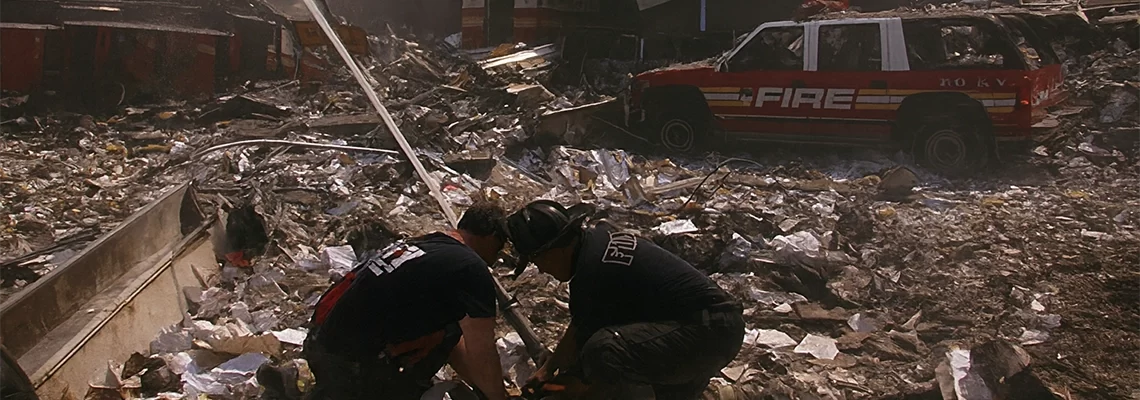Natural and man-made disasters are in the news almost every day. Whether floods, earthquakes, mudslides, windstorms or fires, the cumulative destruction and devastation include post-event hazards—environmental contamination, structural instability, electrical dangers, and airborne hazards—making it more difficult and costly for an employer to get their business back online quickly and safely. Here is some information that may help.
Environmental Hazards
- Contaminated Water: Floodwaters can carry sewage, chemicals, and other biological hazards including venom and disease-carrying pests.
- Hazardous Materials: Damaged buildings may release lead, asbestos, and other toxic substances.
- Poor Air Quality: Fires and other disruptions can create poor air quality from toxic fumes and particulates. Once the fire is extinguished, toxic residue may remain on structures and property and risk re-entrainment.
- Disrupted Waste Systems: Overwhelmed or damaged sewage and waste removal systems can create health hazards.
Physical & Structural Hazards
- Structural Instability: To avoid physical risk, every structure impacted by the disaster should be considered unstable and unsafe until they are professionally evaluated.
- Debris: Piles of debris present tripping, falling and engulfment hazards.
- Electrical Hazards: Downed power lines and water-damaged electrical systems are deadly, particularly if they are hidden under water.
- Carbon Monoxide (CO) Poisoning: Post-event deaths from CO poisoning are far too commonplace. Generators and other fuel-burning devices should be used outdoors and far from windows and doors to prevent CO buildup.
- Fire: Fires can be ignited by damaged electrical systems or spreading wildfires.
Health & Biological Hazards
- Communicable Diseases: Delays in clean-up can lead to the spread of infectious diseases from contaminated food and water.
- Pests and Wildlife: Rodents, insects, and snakes may be displaced by a disaster and pose a risk.
- Thermal Stress: Long hours working in hot or cold conditions can lead to heat or cold stress.
- Mental Health Impacts: Post-disaster stress can manifest as anxiety, fear, difficulty sleeping, and other psychological challenges.
Emergency Response Planning
An Emergency Response Plan (ERP) for disaster cleanup provides numerous benefits, including ensuring business continuity, minimizing financial losses, and safeguarding your organization’s reputation. It will also help to keep employees and emergency response personnel safe. By developing an ERP, employers will standardize procedures and clarify roles before a disaster strikes.
This prevents chaos and enables a faster, more effective recovery. A well-written, compliant plan can reduce the overall severity of the incident and help to mitigate and stabilize dangerous conditions to dramatically reduce the scale of the disaster and protect employees from harm. It will also keep your operation in compliance to avoid adding insult to injury. OSHA and other regulatory bodies require specific emergency action plans.
By systematically aligning your plan with these standards, you avoid costly non-compliance fees and potential shutdowns.
Novisal can assist with a site-specific Emergency Response Plan. Talk to our experts to find out more.
